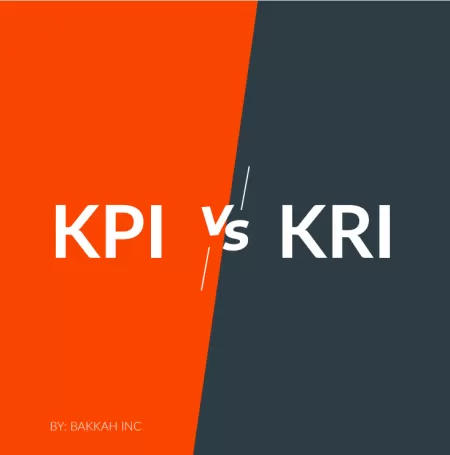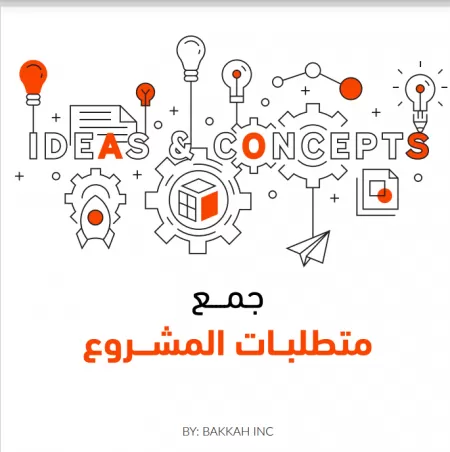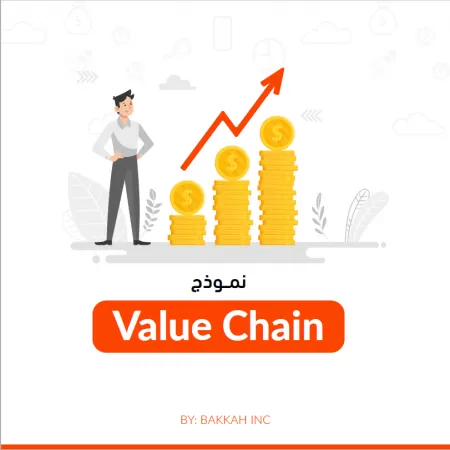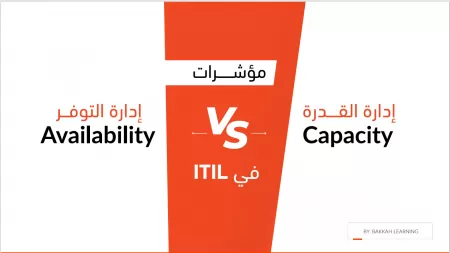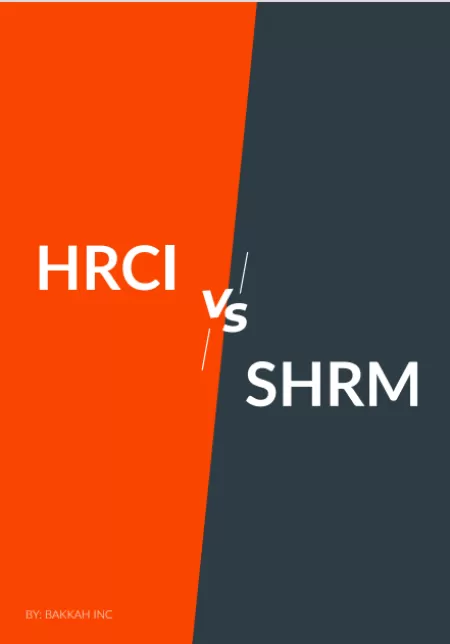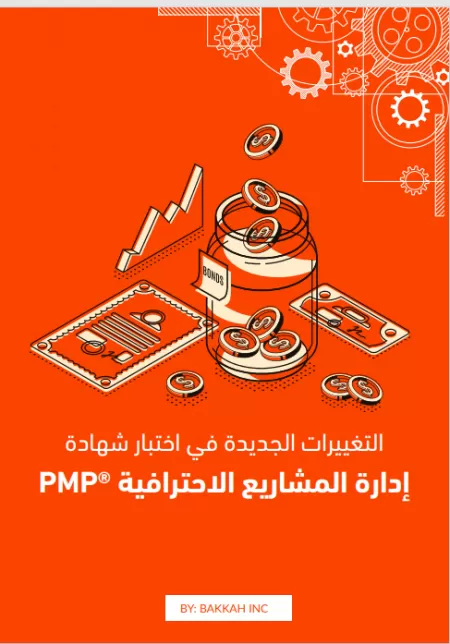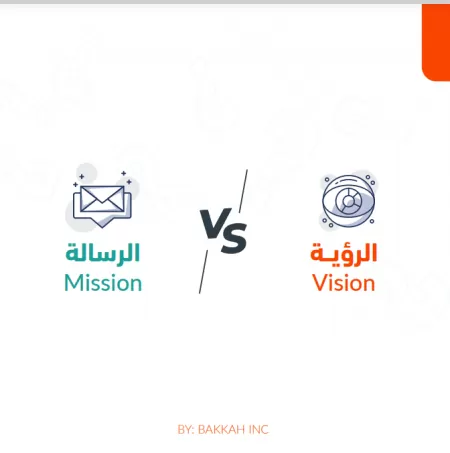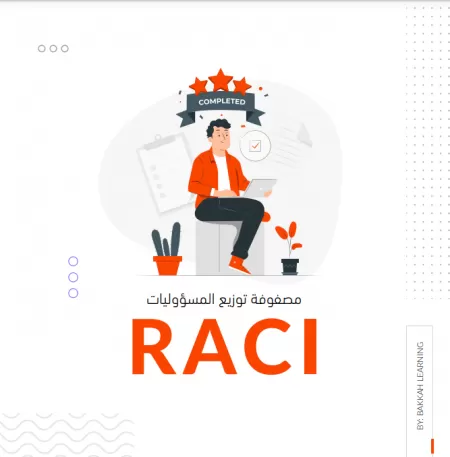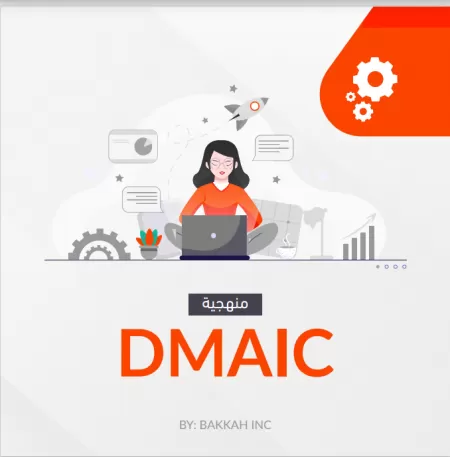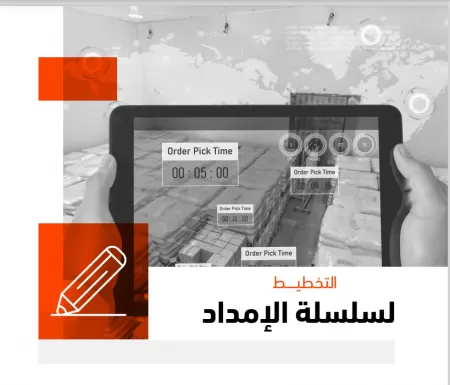Insights in PPT - Bakkah Learning
KPI and KRI
Many organizations use the terms Key Performance Indicators (KPIs) and Key Risk Indicators (KRIs) interchangeably, they actually are two different tools with different purposes. While KPIs help organizations understand how well they are doing in relation to their strategic plans, KRIs help them understand the risks involved which means that KRIs help to quantify risks, while KPIs help to measure business performance. Take a look at what they are and how they are different.
Read MoreOKR and KPI
At first glance, the terms KPI and OKR appear to be very similar. Key Performance Indicators (KPIs) as well as Objective and Key Results (OKR) are used as management tools, and help to make the achievement of the goal measurable in organizations and identifiable for different levels and functions of the organization. However, there is a fundamental difference between OKRs and .KPIs and although they are different, they are not contradictory either. Whereas OKRs express large organizational goals, KPIs can play the role of results by which the success of large corporate goals can be measured. Find out more.
Read MoreCollect Project Requirements
Gathering project requirements is one of the basic steps in the project management process. The correct gathering of requirements positively affects the success of the project. Project managers use many methods through which project requirements can be properly gathered. It is important to document the requirements in sufficient detail so that they can be measured during project implementation. After all, achieving scope goals is often based on meeting pre-documented requirements. Learn about the methods of collecting project requirements in detail in this guide.
Read MoreProduct's Life Cycle
Among the ways management and marketing professionals use product life cycles are to schedule advertising, determine price points, expand into new markets, and re-architect packaging. Learn more about this topic in the following file
Read MoreValue Chain Model
This model is considered one of the models of competitive strategy, and it is designed to describe all activities that will develop the products or services of organizations, as its main objective is to follow a set of steps sequentially to increase the value in each process that the company undertakes to obtain a competitive advantage. Learn more about what the value chain model is and how organizations can benefit from it.
Read MoreITIL Capacity Vs Availability KPIs
Capacity management and availability management KPIs are necessary for ITIL as they are considered as the basic measures to adhere to goals and requirements. Find out what is best
Read MoreSHRM vs. HRCI
There are two major players in HR certification: The Society for Human Resources Management (SHRM) and the HR Certification Institute (HRCI). Both are internationally accredited organizations in the field of providing human resources certifications, and they offer certifications of different levels, from beginner to professional. Here you will learn the main differences between them to wisely choose what certification suits you the most and meet your requirements. Check for more information
Read MoreNew Changes in the PMP certification exam
The Project Management Institute seeks to keep pace with contemporary technological developments for both companies and individuals, so it implements continuous changes based on a study it conducts on the reality of the labor market and the change in the tasks of the project manager from time to time. The processes of developing professional certification exams at the Project Management Institute are distinguished from others by the fact that the Institute takes into account the harmonization of its operations with the best practices and qualification standards, such as the standards of educational and psychological tests. Read more to learn about the major new changes to the PMP exam.
Read MoreVision vs Mission
Most people confuse the two concepts in terms of their understanding and application in organizations, so what is the correct definition of them and what is the difference between them? Different organizations summarize their goals using a vision and a mission, and each has a different description and function from the other, often confusing them. To clarify the difference, we compare them in the following axes: definition, questions, time, change, features and qualities. Find out the differences here.
Read MoreThe Path of Project Management Certificates
The approved project management certificate is the criterion that determines the extent of your skills and abilities in project management, and it is an important certificate that adds credibility to your resume. Furthermore, obtaining these certifications helps you build the essential skills required to excel in your career. Find out the reasons why you need project management certificates and when is the right time to obtain them.
Read MoreThe Career Path Of HRM Certifications
The need in organizations for professionals in the field of human resources is increasing, and there is an increasing awareness of the importance of the role of the human resources department in maintaining employees and ensuring a work environment conducive to creativity and development. Human resource management is an integral part of any successful company, which is why we find that there is a constant demand for qualified HR practitioners, especially those with professional certifications. In this guide, you will find everything you need to get professional HRM certifications step by step.
Read MoreCareer Path Business Analysis Certificates
Business analysts blend data skills and business acumen to the benefit of analytics-driven organizations. They help organizations make the most of the data they collect by finding trends, patterns, and errors that might otherwise go unnoticed. Certifications for business analysts are still emerging, but there’s already a number of organizations offering exams to certify these skills. This is a step-by-step guide where you find everything you need to know about Business Analysis Certificates.
Read MoreMatrix Distribution of Responsibilities
Companies are keen to ensure that work is carried out in an optimal manner and assign the appropriate tasks to the appropriate people through the process of distributing roles and tasks among employees, especially When there are many tasks and responsibilities that require officials to track, supervise, measure their results and provide feedback. To achieve this purpose, the science of management and human resources has produced many methods and approaches, including the “Responsibility assignment matrix”. Read the guide for more information.
Read MoreDMAIC Methodology
Sigma Six Lean is a structured approach that consists of five stages used to improve the effectiveness and efficiency of organizational processes, and relies on data to solve problems according to the foundations of Sigma Six Lean. Each stage of the course has a different set of tasks and objectives. Here you can learn about each stage one by one.
Read MoreSupply Chain Planning
Supply chain management is one of the advanced management methods that have witnessed rapid development in various global industries. Today, it represents a necessary science for the success of organizations by achieving a balance between customer demands and providing products that satisfy their needs and desires The organization always seeks to improve the flow and efficiency of the supply chain, and to ensure the accuracy of information on customer requests, manufacturing capacity and delivery capabilities of products; Until an appropriate plan for the organization's supply chains is developed that includes the goals it seeks to achieve. Learn more
Read More